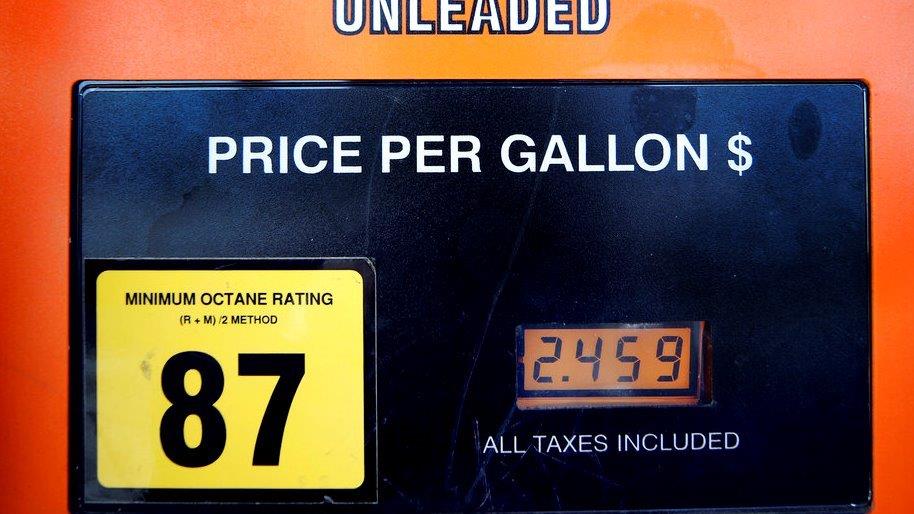Gas prices keep rising after Harvey
Prices at the gas pump climbed to new highs Wednesday, as the effects of Hurricane Harvey continued to weigh on fuel supplies.
Massive flooding from Harvey forced critical Gulf Coast refineries and the nation’s largest gasoline pipeline to temporarily shut down. In response, gasoline prices across the U.S. spiked to their highest level in two years. AAA said the national average for regular gasoline jumped another penny and a half to $2.66 per gallon Wednesday, up roughly 26 cents compared to a week ago.
“Hurricane Harvey may no longer be raining down on the Gulf Coast, but the storm’s impact continues to drive up gas prices across the country,” AAA said in a gasoline report published Tuesday.
The East Coast and Gulf Coast were hit the hardest by rising gasoline prices, the Energy Information Administration noted. Weekly retail prices on the East Coast were up 39 cents per gallon on Monday. Gulf Coast prices surged 35 cents. The lower Atlantic region, from Florida to West Virginia, saw the largest increase of 41 cents. Pump prices in Florida and Texas were up 40 cents.
Overall, spot gasoline prices jumped more than 20% at their peak after Harvey made landfall. Hurricanes Katrina and Rita caused higher spikes closer to 30%.
Refineries are beginning to return to normal service after Harvey. The Saudi-owned Motiva refinery, the largest in the U.S., expects to bring 40% of its capacity back online this week before restarting full operations by Sunday. Exxon Mobil (NYSE:XOM) has begun a restart at its Baytown facility, the second-largest U.S. refinery. In total, 11% of U.S. refining capacity remained out of commission as of Tuesday evening, according to S&P Global Platts.
Gasoline futures have pulled back amid easing supply concerns. New York Harbor gasoline fell 2.6% to $1.654 in recent trading.
Analysts say the post-Harvey spike in retail gasoline prices should begin to subside sometime next week.




















